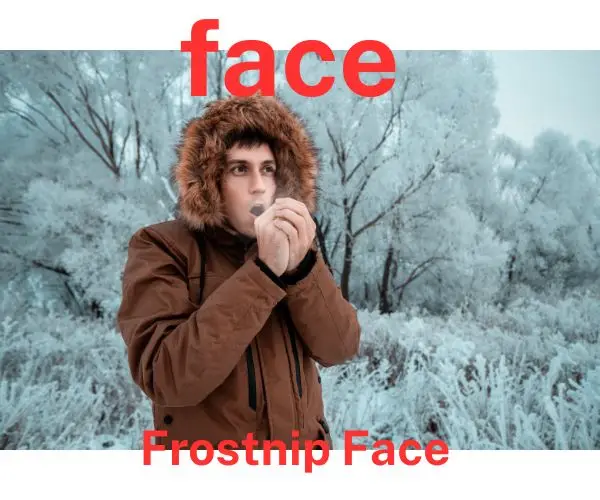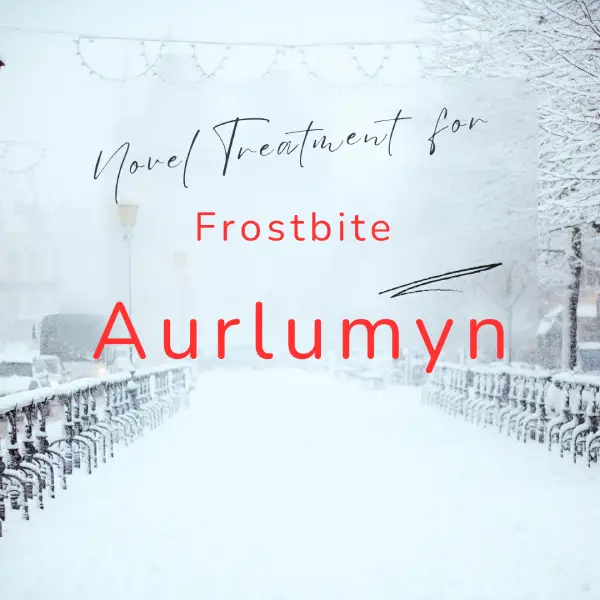1st FDA Approved Frostbite Treatment
Overview of Frostbite:
The frostbite is when your skin and tissues freeze because of extreme cold. It can range from mild, where there’s no lasting damage, to severe, where you might lose fingers or toes.
Frostbite Definition
Frostbite is tissue damage from extreme cold, often affecting nose, fingers, toes, possibly leading to gangrene.
Frostbite Self Care
Frostbite occurs in freezing temperatures when skin freezes, leading to potential tissue damage. Prevention involves layering clothing, protecting extremities, staying hydrated, and recognizing symptoms early for prompt treatment to prevent severe consequences.
- Dress in layers: synthetic base, insulating middle, waterproof outer.
- Protect feet with two socks and insulated, waterproof boots.
- Cover head and face.
- Wear insulated gloves.
- Keep clothing dry.
- Stay hydrated.
- Recognize symptoms: redness, numbness, seek medical help if necessary.
Frostbite Stages
- Frostnip: Initial stage causing redness and coldness in the skin, reversible with warm water soak and avoiding further cold exposure.
- Superficial Frostbite: Skin turns pale or blue with ice crystal formation, indicating tissue damage. Requires prompt rewarming, pain management, and medical attention to prevent complications like blistering and infection.
- Deep Frostbite: Most severe stage affecting skin and underlying tissues, leading to white, waxy skin, severe pain, and potential tissue death. Urgent medical intervention, including possible surgery, is necessary to prevent permanent damage or amputation.
Frostbite Fingers

Frostbite targets extremities like fingers, toes, nose, and ears. Numbness may delay detection, especially in people with darker skin. Stages include:
- Frostnip: Mild, reversible numbness with pain upon warming.
- Superficial Frostbite: Skin discoloration, warmth, blistering, and swelling after rewarming.
- Deep Frostbite: Severe tissue damage, loss of sensation, joint dysfunction, and blackened, blistered skin indicating tissue death.
Frostbite face

Frostbite on the face, common in cold weather, affects areas like the nose, ears, cheeks, and chin. Skin numbness may delay detection, particularly in individuals with darker skin. Symptoms include color changes, numbness, pain, and blistering. Prompt treatment is crucial to prevent severe tissue damage and long-term complications.
FDA Approves Treatment
Now, the FDA (which is like a safety group for medicines in the US) has approved a new medicine called Aurlumyn to treat severe frostnip in adults. This medicine helps reduce the risk of having to amputate (cut off) your fingers or toes because of frostnip.
Aurlumyn contains a substance called iloprost, which helps open up blood vessels and stops blood from clotting. This helps improve blood flow to the frostbitten areas, which is crucial for healing.
The FDA approved Aurlumyn after studying it in a group of people with severe frostbite. They found that those who got Aurlumyn had fewer signs that they might need amputation compared to those who didn’t get it. Plus, the side effects of Aurlumyn, like headache or nausea, were not too severe.
Before Aurlumyn, there wasn’t a specific medicine for severe cold injury. So, this approval gives doctors a new tool to help people who might otherwise lose parts of their fingers or toes because of frost damage.
Remember, if you’re in a really cold place, it’s essential to keep yourself warm and protected to avoid cold burn. But now, if the worst happens, there’s a new treatment option available to help.

